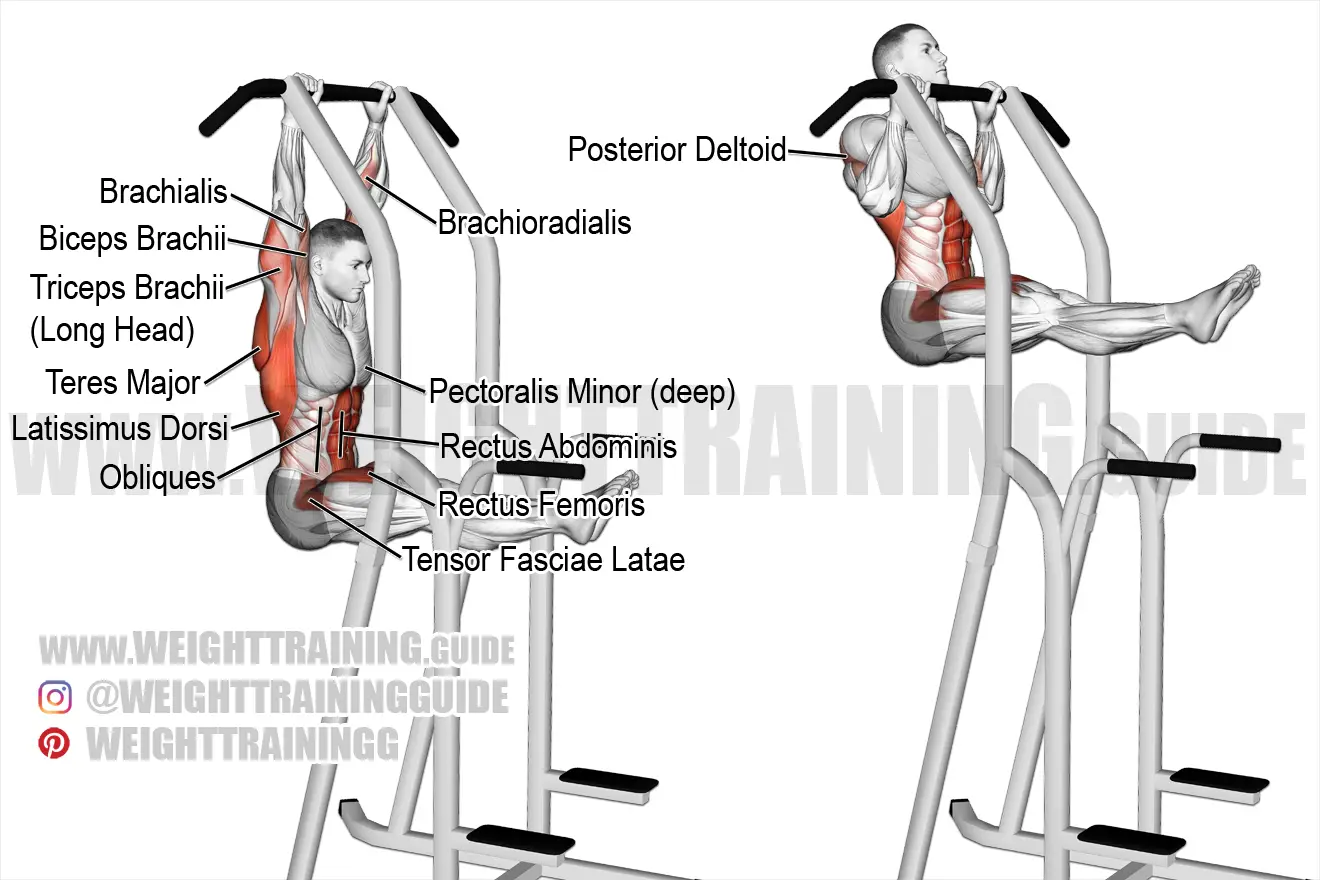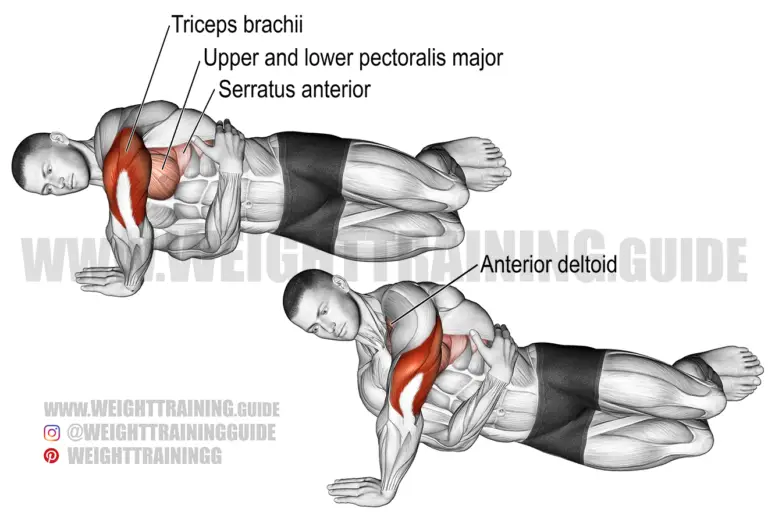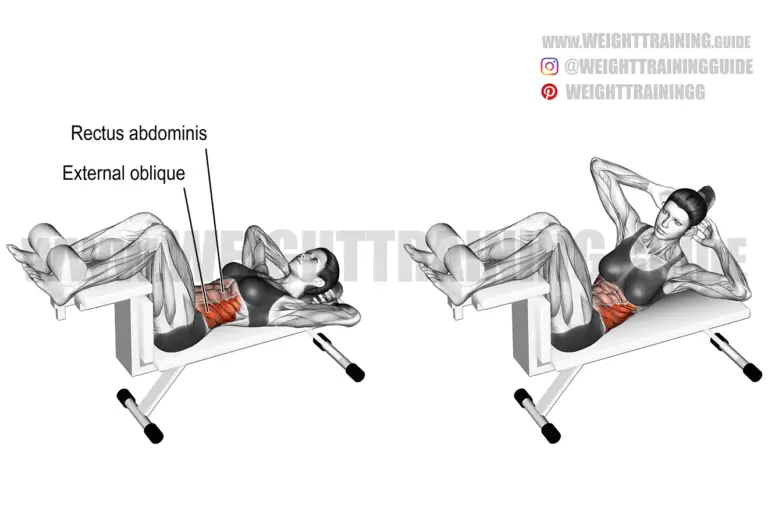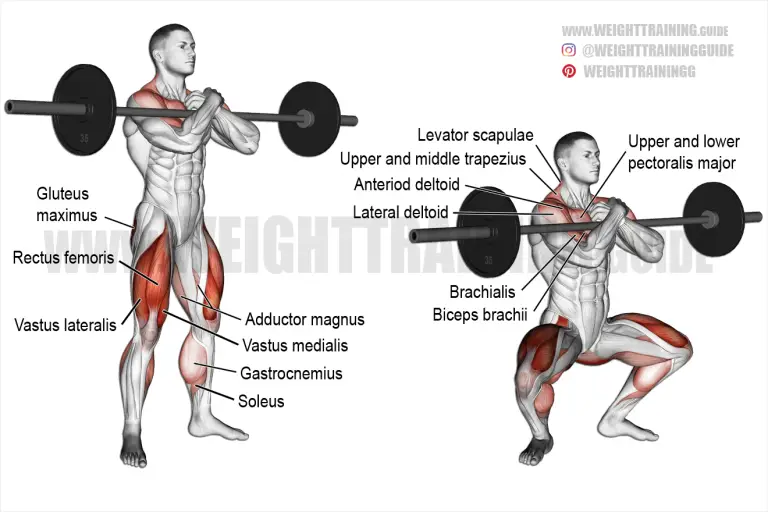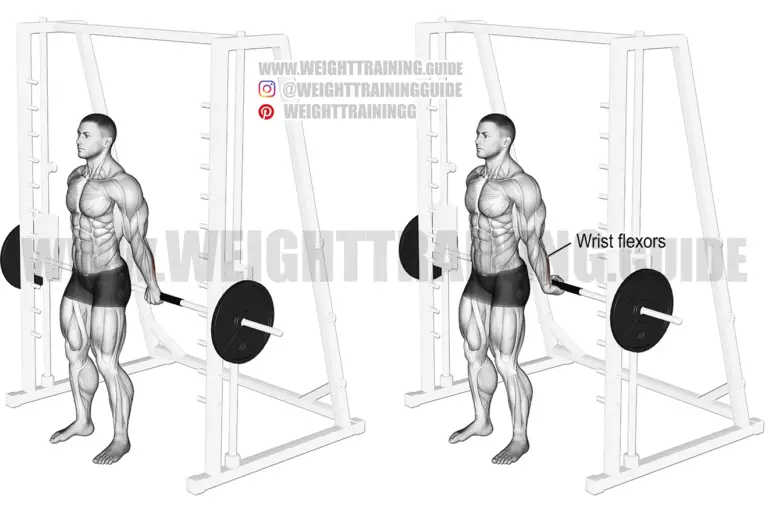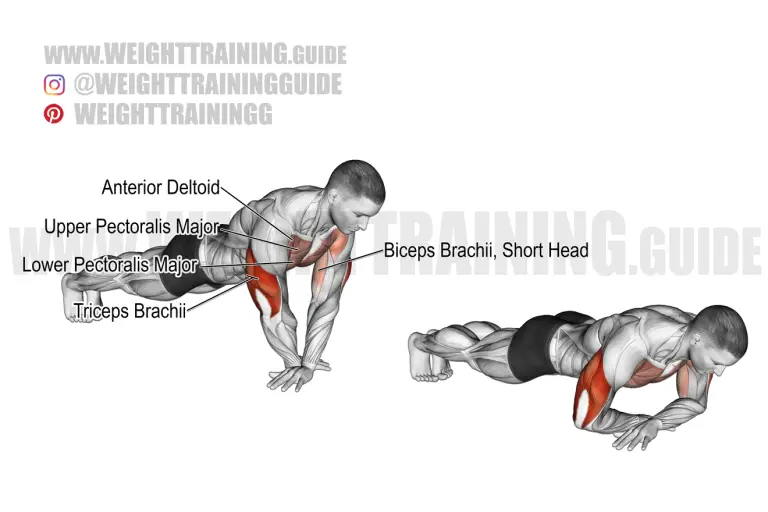Arms | Back | Core | Exercise Database
L-sit pull-up
Exercise details
- Target muscle: Latissimus Dorsi
- Synergists: Brachialis, Brachioradialis, Biceps Brachii, Pectoralis Minor, Teres Major, Posterior Deltoid, Infraspinatus, Rhomboids, Teres Minor, Middle and Lower Trapezius, Levator Scapulae
- Dynamic stabilizer: Triceps Brachii (long head only)
- Important isometric stabilizers: Rectus Abdominis, Obliques, Iliopsoas, Tensor Fasciae Latae, Sartorius, Pectineus, Rectus Femoris, Adductor Longus, Adductor Brevis
- Mechanics: Compound
- Force: Pull
Starting position
- Hang from a pull-up bar using an overhand (pronated) grip, with your arms a little wider than shoulder-width apart.
- Keeping your legs straight, flex your hips 90 degrees so that your torso and legs create the shape of the letter ‘L’.
Execution
- Maintaining the L-shape, exhale as you pull your body up until your chin rises above the bar.
- Hold for a count of two and squeeze your back and biceps.
- Inhale as you slowly lower your body back to the starting position.
- Repeat the L-sit pull-up for the prescribed number of repetitions.
Comments and tips
- Use the L-sit pull-up, an advanced compound bodyweight exercise, to build size and strength in your upper body and core.
- Keeping your hips flexed in the L-shape activates your hip flexors, which are exercised isometrically. It also forces increased isometric activation of your rectus abdominis and obliques.
- Before trying the L-sit pull-up, try doing pull-ups with flexed hips and knees. This is easier because it keeps the center of gravity closer to your body. Once you are comfortable with performing pull-ups with flexed hips and knees, graduate to the L-sit pull-up.
- See also the floor L-sit.

